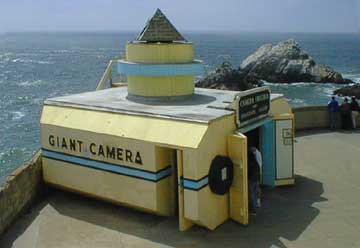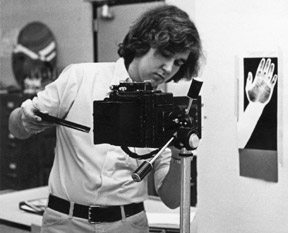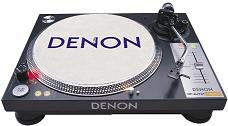On a whim, I grabbed a marathon of military shows from the History Channel to my Tivo, and oh boy did I get a bonanza of computer folklore. In the show "Silent Service: Attack Plans of WWII," the results of restoration and display of two historic military computer systems were on display. And oh yes the restoration is excellent.
One of the last remaining US WWII era submarines, the USS Pampanito, is moored in San Francisco at Fisherman's wharf. A group of history buffs and computer geeks in the bay area have restored the Pampanito's Torpedo Data Computer Mk 3 and ECM Mk2 cryptography machine.
I had heard in afc [alt.folklore.computers] in the past that a historic crypto system was on display near the Pampanito, I saw the sub back in about '91, and went inside it on the regular tourist thing, but this was before the restoration. According to the show, the ECM was only declassified in 1995, the unit on display is the only machine in civillian hands, and on loan from the NSA. I wonder if the NSA has other units.. Here's a link on techy details on the ECM Mark 2: http://www.maritime.org/ecm2.htm
Now that is one beauty of a piece of machinery, I wish you could have seen it in operation on video.
But more amazing were the details of the restoration of the Torpedo Battle Computer. The original TDC Mk 1 is credited to the Arma Corporation, E. Don Gittens of MIT produced the design, and is interviewed extensively on the program. He described redesigning the Mk 1 prototype unit for compactness and battle hardening, producing the Mk 3 units at Arma Corp, and going to sea to train crews on the complex TDC operations. The TDC is essentially a massively complex slide-rule, with motors and cranks that dynamically change the inputs over time. The output is displayed on cocentric rings with radial markings for compass heading, speed, etc. Here is a little paper by Terry Lindell, the restorer of the TDC: http://www.maritime.org/tdc.htm
They had a demonstration with crew of people in military garb, calling observations from the periscope, inputting them into the TDC, you could see the little black dials with ship's outline swinging as the Pampanito "turned" though it's maneuvers, and then a little red light marked "A" lights up, the attack solution has arrived, we're in position, Fire One!
As a bonus, it appears that some restoration has been done on the Pampanito radar system. They showed the radar antennae whirling around, little low-profile parabolic open-grid dishes about a foot or two across. But alas, it appears the radar display systems are as yet unrestored. The documentary provided much interesting coverage of how the TDC was used in night attacks. The TDC was originally designed for blind attacks with only sonar, but these were totally ineffective and the strategy was abandoned. With radar, accuracy was hugely improved. Subs could accurately attack from 4x the distance of previous sonar attacks, far beyond the range of enemy retaliation. Japanese maritime losses rose dramatically, the US subs could attack at night or in fog, attacking multiple targets in rapid succession.
Ah well, you really must make an effort to catch this show, I'm sure the History Channel will rerun it soon. "Silent Service" has many stirring submarine tales, but the last episode, "Attack Plans of WWII," ties all the tales together, into a battleground of technology and computing. We had advanced computers (albeit an analog system of cogs and gears) and radar and crypto, they did not, and it turned the tide of battle. The US Navy only had 2% of its fleet resources in the submarine service, but subs are credited with 55% of the tonnage sunk in the Pacific.
[I posted this message on Usenet in alt.folklore.computers]







